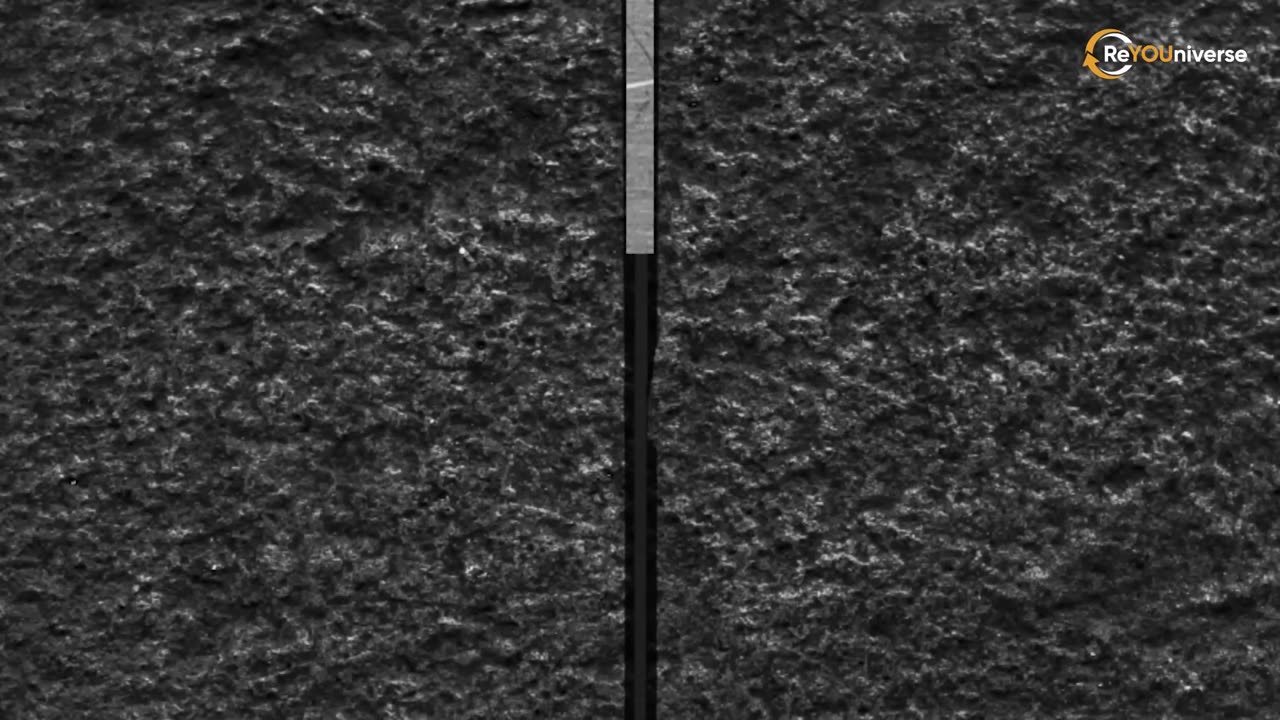Premium Only Content

What did the Soviets discover in the Kola Superdeep well at a depth of 12,262 meters?
We know so little about the structure of the Earth. For example, our planet is not fully spherical, as it slightly flattens when rotating. Therefore, its equatorial diameter (12.754 km) is 43 km larger than the polar one (12.711 km). Our planet is the densest celestial body in the solar system, followed by Mercury among other planets. Different layers of our planet's core, crust, and mantle rotate at different speeds relative to each other. Oxygen makes up about 50% of the entire mass of the earth's crust, which is found in bound form in almost all minerals. About 25% of the crust is silicon, and the remaining 25% is everything else.
The continental crust is on average 35-45 km thick but it can reach 75 km under mountain ranges. The matter density in the center of the Earth's core reaches 12.5 tons per 1 m³, and the pressure there is about 3.7 million atmospheres.
Humanity has dived deep into oceans, flown to the moon, and even sent its robotic explorers to Mars. We have studied the surface of the Earth quite well, but as always the most interesting thing lies deep inside. And although these depths are literally under our feet, we know little more about them, if not less, than about the deepest space. A whole "expedition" is needed to look even a little into the earth's crust, just like flying to the moon. And there have been such projects that brought some amazing data.
Well, it's time to find out what lies deep down in the ground. Is there life out there? And what interesting things have already been found there?
Today we'll look at three of the most interesting ultra-deep wells that became one of the first projects exploring extreme depths of the earth's crust.
What was found in the deepest wells?
-
 2:08:25
2:08:25
Side Scrollers Podcast
19 hours agoEXCLUSIVE: Marty O’Donnell BREAKS SILENCE On Bungie Drama + Kotaku Hypocrisy + MORE | Side Scrollers
9.41K2 -
 2:31:49
2:31:49
MattMorseTV
19 hours ago $0.49 earned🔴Trump's Oval Office BOMBSHELL.🔴
24.2K45 -
 25:14
25:14
GritsGG
15 hours agoRank 1 Player Spectates Casual Solos!
9.41K -
 LIVE
LIVE
Lofi Girl
2 years agoSynthwave Radio 🌌 - beats to chill/game to
750 watching -
 4:33:40
4:33:40
FreshandFit
9 hours agoAfter Hours w/ Girls
235K118 -
 2:33:36
2:33:36
Badlands Media
10 hours agoOnlyLands Ep. 21: From Trump’s VP Pick to Green Energy Grift
68.3K8 -
 1:07:26
1:07:26
Inverted World Live
13 hours agoThe War Against Robots w/ Joe Allen
98.4K5 -
 6:08:31
6:08:31
SpartakusLIVE
12 hours agoWARZONE NUKE IS BACK?! || Solo Challenge CHAMPION to start, duos w/ the Dawg later
102K1 -
 1:00:18
1:00:18
Man in America
14 hours agoBig Pharma’s Empire of Lies Is COLLAPSING as People Turn to Natural Medicine
65.1K25 -
 7:17:44
7:17:44
Drew Hernandez
16 hours agoGHISLAINE MAXWELL SAYS CLAIMS EPSTEIN WAS INTELLIGENCE ASSET ARE BULLSH*T?!
38K39